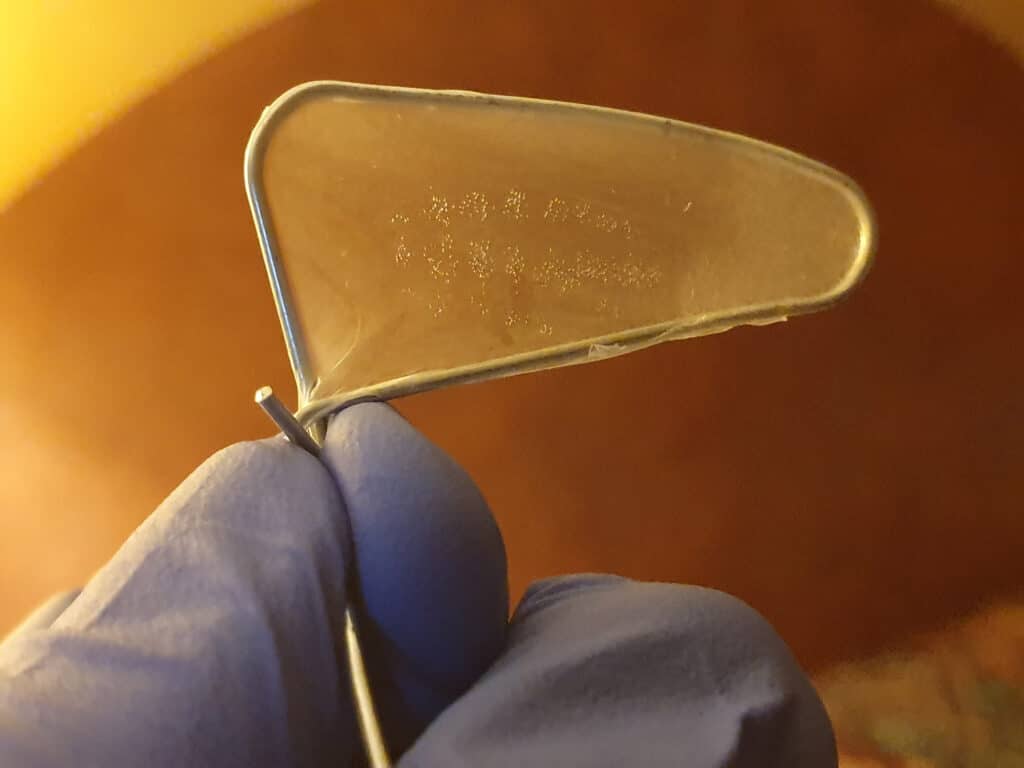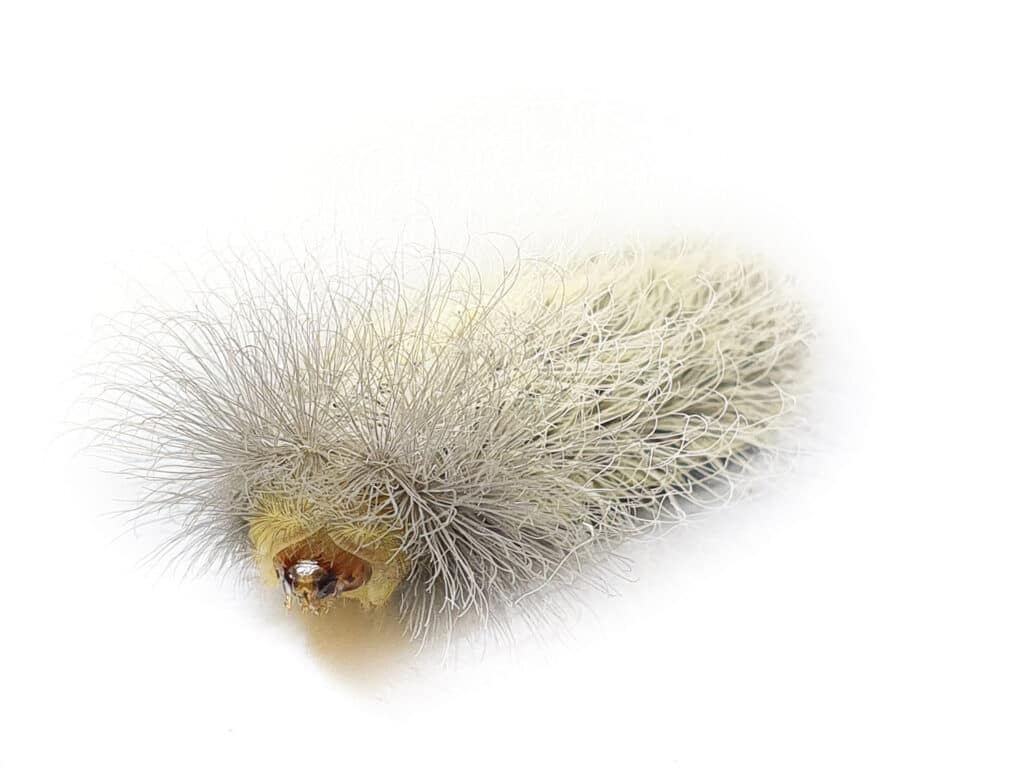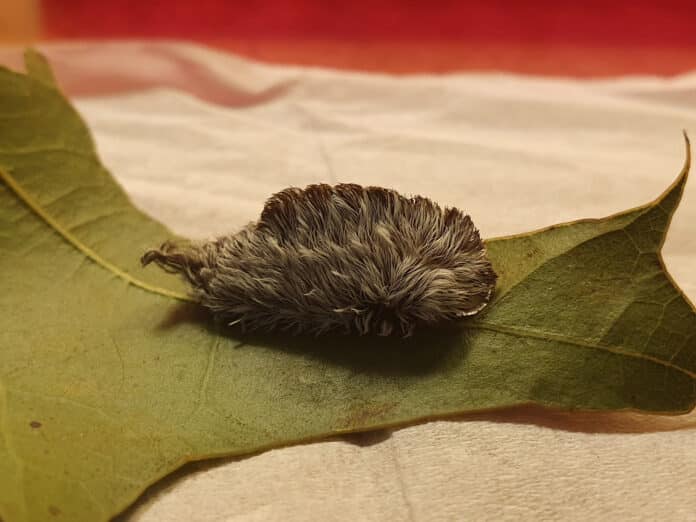Animal venoms are widely acknowledged as rich sources of new molecules with applications in medicine, agriculture, and science. Asp caterpillar venoms cause extreme pain, but nothing is known about their production, composition, or mode of action.
A new study led by Dr. Andrew Walker and Professor Glenn King from UQ‘s Institute for Molecular Bioscience reveals the anatomy of venom production and delivery, the composition of the venom, and its mechanism of inducing pain. Scientists found toxins in the venom of asp caterpillars punch holes in cells like toxins produced by disease-causing bacteria such as E. coli and Salmonella.
After looking at it more closely, scientists found that asp caterpillar venom completely differs from anything we had seen before in insects. They also saw proteins that were very similar to some of the bacterial toxins.

These bacterial toxins attach to the surface of cells and group together to generate holes resembling donuts.
It may appear harmless, but beneath its long, hair-like bristles are venomous spines that can cause an agonizing sting similar to that of touching burning coal or receiving blunt force trauma.
It works similarly to the way that box jellyfish venom works. The venom in these caterpillars has evolved via the transfer of genes from bacteria more than 400 million years ago.
Dr. Walker said, “Many caterpillars have developed sophisticated defenses against predators, including cyanide droplets and defensive glues that cause severe pain, and we’re interested to understand how they are all related.”
“Venoms are rich sources of new molecules that could be developed into medicines of the future, pesticides, or used as scientific tools.”

“IMB’s investigations into the venom of snakes and spiders have already demonstrated their amazing potential, but caterpillar venoms are particularly understudied. Toxins that puncture holes in cells have particular potential in drug delivery because of their ability to enter cells.”
“There may be a way to engineer the molecule to target beneficial drugs to healthy cells or to kill cancer cells selectively.”
Journal Reference:
- Andrew A. Walker, Samuel D. Robinson et al. Horizontal gene transfer underlies the painful stings of asp caterpillars (Lepidoptera: Megalopygidae). Proceedings of the National Academy of Sciences (PNAS). DOI: 10.1073/pnas.2305871120
